Pacing is the tempo of the story, the speed at which details are provided and the dynamics of the rising tension. It relates to the amount of dialogue compared to narrative/active scenes. Pacing, then, has to do with many elements that cause it to move on it’s journey down the river of life, the calms, the eddies, the white water, and the rapids that lead to a waterfall ahead.
Techniques To Heighten Pacing
Authors sometimes hear from editors or critique partners their pacing is too slow. Pacing is too slow when it bogs down with too many details, too much narration in the form of description or introspection or lack of conflict. Without conflicts growing, one after another, the story is lost. This is probably the biggest problem for new writers as they plot their story. Slow pacing bores a reader and leaves the story in a slump. It’s vital to have good pacing when trying to sell a novel or to keep your readers after you sell. So what can you do to accelerate the pacing?
Here are some strategic methods to use as you’re plotting:
Provide strong need or goal that can either change or be the demise of the character or his purpose.
Create powerful opposition that deepens the conflict.
Set up a compelling situation or duty that binds the character to his struggle.
Establish one problem that can be solved in two ways and force a decision.
Stay in one POV throughout a scene and make sure it’s the person with the most at stake.
Balance action, dialogue, introspection, and narration throughout the novel.
Resolve one conflict with a new one already established.
Techniques to escalate pacing:
Check each scene for a crisis situation. Something must be happening of importance.
Dialogue moves a story along. Write to allow white space on the page.
Avoid long, involved paragraphs. Use short paragraphs and sentences of varying lengths.
The shorter the sentence the more excitement grows.
Don’t over-describe the action. Clip it and focus only on the most important actions
Tension arouses emotion so focus on the conflicts and slow up on the setup.
If you follow some of these guidelines, you will improve pacing and to avoid what we call the sagging middle.
Techniques to Slow Pacing
Pacing is too fast when the reader has no time to breathe or digest the story. It’s a race from beginning to end or more often, it’s a pleasant stroll, but as the end approaches, the story tumbles forward and ends. This happens most often when authors have a word count restriction and realize the book must end soon.
Rather than cutting other less important elements, they just barrel along and the ending can leave readers feeling unsatisfied. They want to savor the romance or the criminal’s capture or enjoy the resolution of family issues. So why and how do you slow down pacing?
Rather than cutting other less important elements, they just barrel along and the ending can leave readers feeling unsatisfied. They want to savor the romance or the criminal’s capture or enjoy the resolution of family issues. So why and how do you slow down pacing?
Pacing needs to be slowed when it disappoints readers. They want to watch the ending happen. They want to understand the nuances of these characters that they’ve lived with for 300 or 400 pages. They want to experience the joy of character’s emotion as he finds the hidden treasure, or captures the criminal, or falls in love. To make a greater emotional impact on the reader, these scenes must be more detailed and more character-driven than plot-driven.
If a scene revolves around a mother watching a speeding car head for her child, the author wants the emotion and drama to peak. Slowing the scene down frame by frame, emotion by emotion, works best. Using Dwight Swain’s technique of motivational stimulus leading to reaction, you want to present feeling, action, then dialogue.
For example, in the scenario above, the mother of the child freezes in times. She turns icy, her heart explodes, her adrenalin kicks in, and she races forward, her arms flailing, and she screams. Emotion must work this way. Picture this as a movie, each frame capturing a moment in time.
For example, in the scenario above, the mother of the child freezes in times. She turns icy, her heart explodes, her adrenalin kicks in, and she races forward, her arms flailing, and she screams. Emotion must work this way. Picture this as a movie, each frame capturing a moment in time.
Pacing needs to slow following a dynamic action scene where conflict and crisis filled the pages. This gives the reader breathing time. It provides the main character with a moment to gather the facts of what happened and to digest the information. These are scenes in a thriller or suspense when the detective reviews the evidence or tries to understand how he’d let the criminal slip through his fingers.
In romance or women’s fiction, it’s a time when one character ponders the relationship and makes decisions what he’ll do next. Even Shakespeare knew that high drama can only be sustained for a time and then needs a release. His tragedies always provided an occasional comic scene to allow the audience to recover from the weight of the tension that had followed.
In romance or women’s fiction, it’s a time when one character ponders the relationship and makes decisions what he’ll do next. Even Shakespeare knew that high drama can only be sustained for a time and then needs a release. His tragedies always provided an occasional comic scene to allow the audience to recover from the weight of the tension that had followed.
Techniques to slow pacing:
Provide more detail.
Use the frame by frame feeling in presenting the scene.
Use longer sentence with more descriptors.
Add sensory details.
Use introspection techniques, back-flashes or flashbacks. (Know how to use these well.)
Use more narrative in shorter paragraphs and less dialogue.
By using some of these techniques, you can provide a more satisfying novel that doesn’t slow the story but provides meaningful scenes that allows the reader a more thoughtful, calm respite.
Like Goldilocks and the Three Bears, pacing can be too fast or too slow, or just right. Use these techniques to make it just right.
Groom in Training
 A widow with a sad past, Steph Wright finds comfort in her faith and her adorable Border collie, Fred. When scampering Fred becomes friendly with the neighbor's pedigreed Bouvier, Steph meets the very handsome Nick Davis. With a broken engagement and a busy job, Nick isn't open to love and romance. Especially when Steph needs an escort to a wedding, and Nick agrees to be her not-really-date. But through dog walks, long talks and a shared love of the Lord, Steph realizes there's some unexpected groom-in-training going on, too!
A widow with a sad past, Steph Wright finds comfort in her faith and her adorable Border collie, Fred. When scampering Fred becomes friendly with the neighbor's pedigreed Bouvier, Steph meets the very handsome Nick Davis. With a broken engagement and a busy job, Nick isn't open to love and romance. Especially when Steph needs an escort to a wedding, and Nick agrees to be her not-really-date. But through dog walks, long talks and a shared love of the Lord, Steph realizes there's some unexpected groom-in-training going on, too!
Groom in Training
 A widow with a sad past, Steph Wright finds comfort in her faith and her adorable Border collie, Fred. When scampering Fred becomes friendly with the neighbor's pedigreed Bouvier, Steph meets the very handsome Nick Davis. With a broken engagement and a busy job, Nick isn't open to love and romance. Especially when Steph needs an escort to a wedding, and Nick agrees to be her not-really-date. But through dog walks, long talks and a shared love of the Lord, Steph realizes there's some unexpected groom-in-training going on, too!
A widow with a sad past, Steph Wright finds comfort in her faith and her adorable Border collie, Fred. When scampering Fred becomes friendly with the neighbor's pedigreed Bouvier, Steph meets the very handsome Nick Davis. With a broken engagement and a busy job, Nick isn't open to love and romance. Especially when Steph needs an escort to a wedding, and Nick agrees to be her not-really-date. But through dog walks, long talks and a shared love of the Lord, Steph realizes there's some unexpected groom-in-training going on, too!



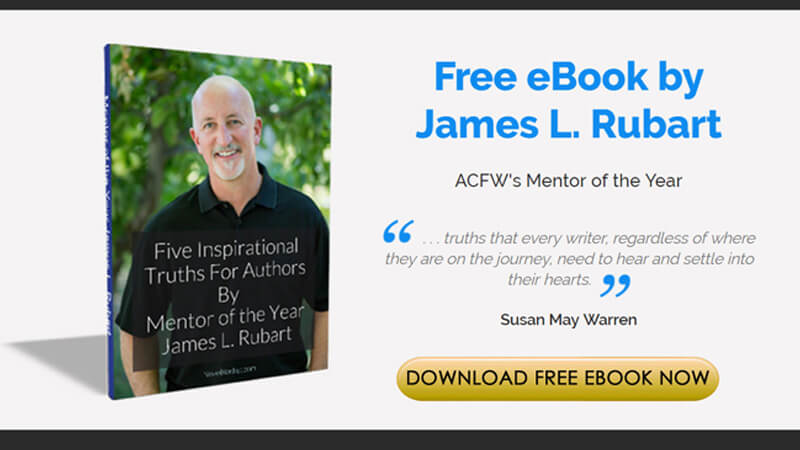
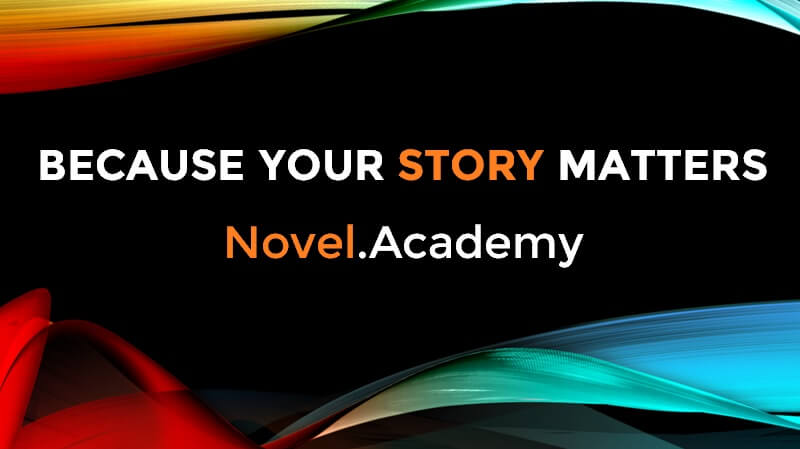
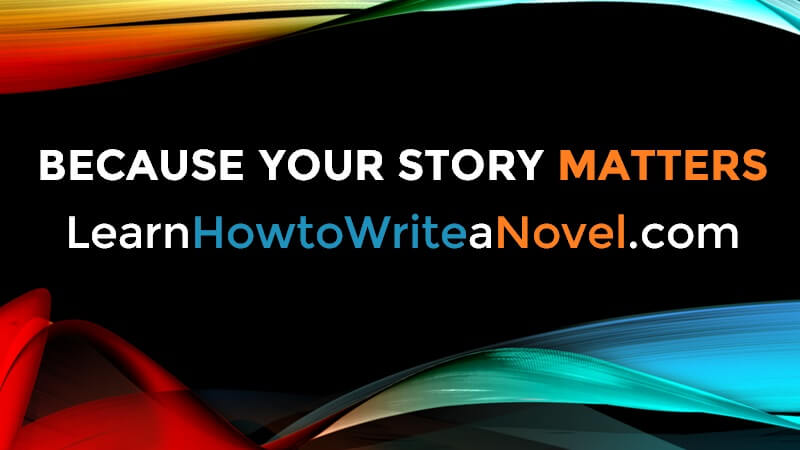

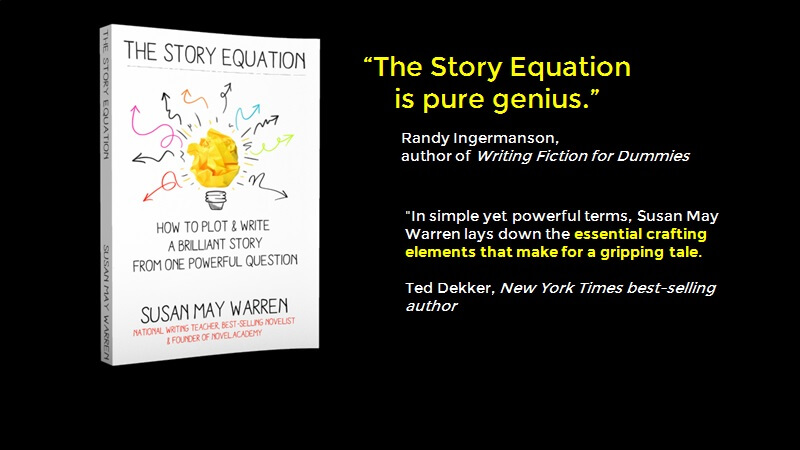

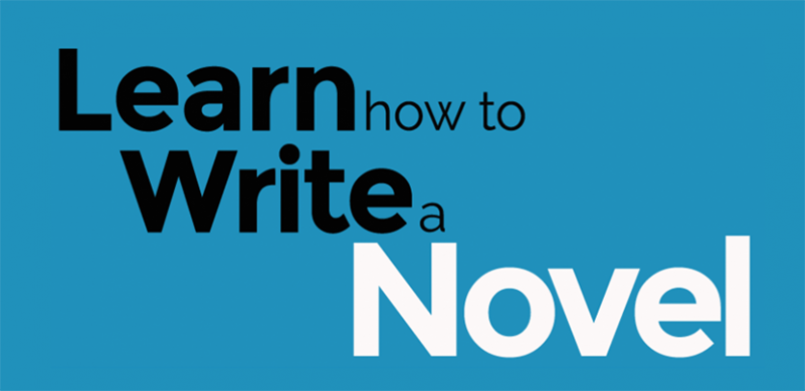













0 comments:
Post a Comment
Don't be shy. Share what's on your mind.